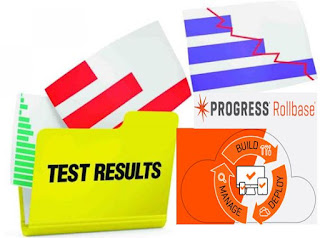Nowadays most of the web applications are invoking external web services or RESTful services to get the dynamic data. If external services execution takes more response time then web application performance will be decreased. This can lead to unsatisfied application users.
Load testing is becoming a must for the web application. Load testing using Telerik Test studio is a simple tool to develop a load test and run
Load Testing with Telerik Test Studio involves simple steps
1) Record the test
2) Modify the dynamic parameters
3) Set the number of users & time
4) Run
Key Features
Load testing is becoming a must for the web application. Load testing using Telerik Test studio is a simple tool to develop a load test and run
Load Testing with Telerik Test Studio involves simple steps
1) Record the test
2) Modify the dynamic parameters
3) Set the number of users & time
4) Run
Key Features
- Multiple Channels to Create Load Tests
- Crafting Complex Load Testing Scenarios Is a Snap
- Load Testing of Web Services
- Load Testing Traffic from Mobile Devices
- Easy to Setup, Easy to Run
- Test Lists Scheduling and Distributed Execution
- Smart Diagnosis of Issues
You can also create test from regular Test Studio functional test and Fidler trace

